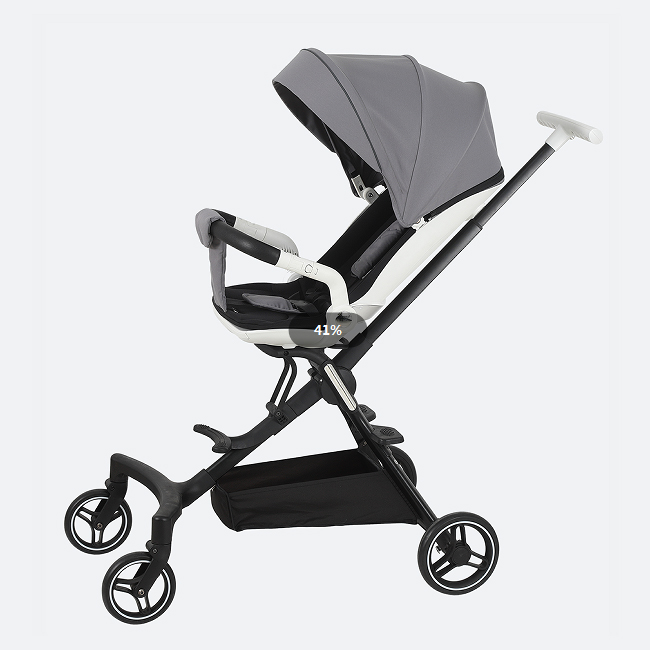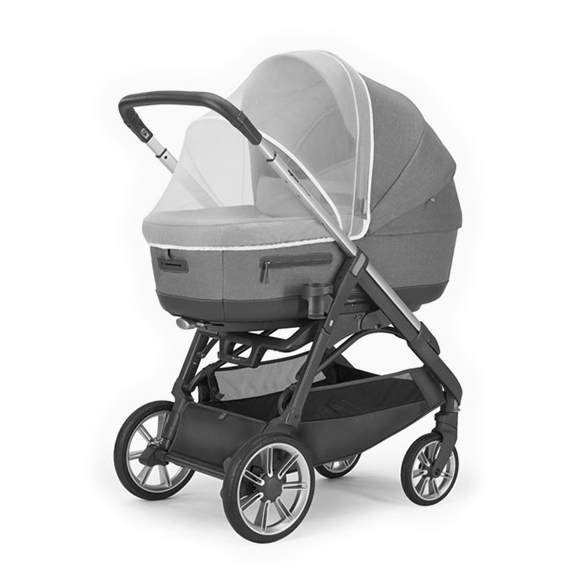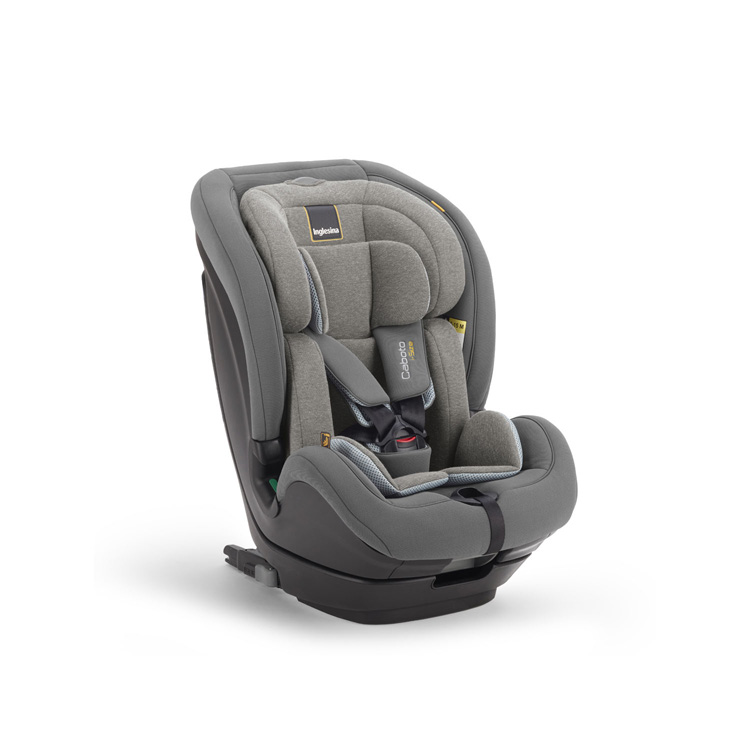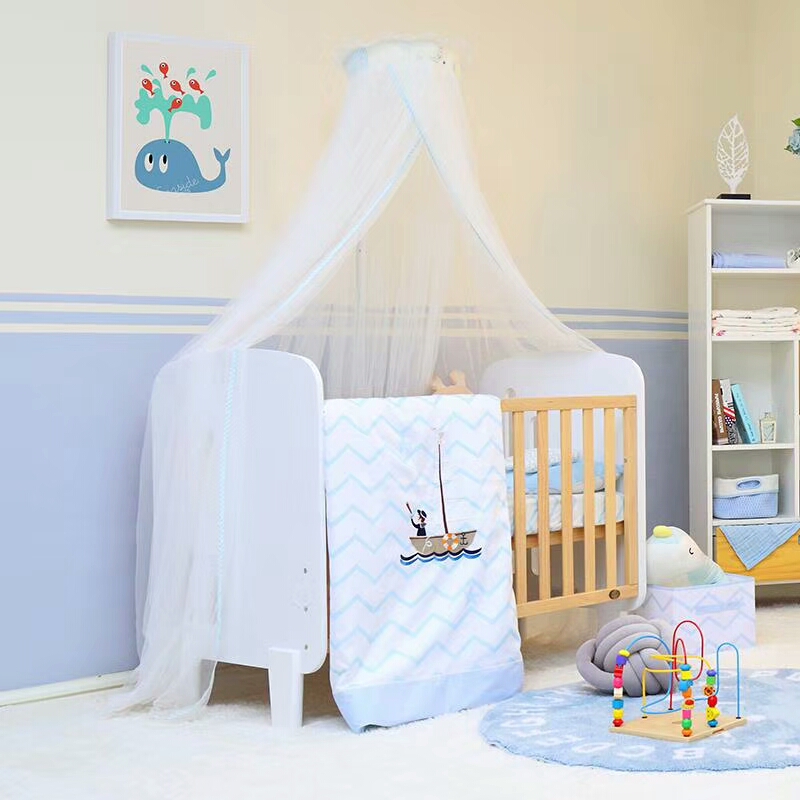Front-Zip Sleep Sacks: Pros and Cons of a Traditional Design
1. Structural Features and Applicable Scenarios
Front-zip sleep sacks typically have a zipper running vertically from the neckline to the feet, forming a straight opening path. This is the most common design on the market, especially prevalent in startle-reflex swaddle sleep sacks. Its advantage lies in easy putting on and taking off , making it suitable for newborns who need frequent adjustments to swaddling tightness. For example, newborns in the postpartum period can be quickly wrapped using a front-zip sleep sack, simulating the womb environment to reduce startle reflexes. Additionally, front-zip designs are more common in thick winter styles, as the zipper, when closed, forms a complete warmth barrier with a windproof flap at the neckline.
2. Operational Pain Points During Diaper Changes
While front-zip designs facilitate overall , they have obvious drawbacks during nighttime diaper changes. Parents must fully unzip the zipper to the feet, exposing the baby's upper body to cold air. In low room temperatures or with unskilled operation, the risk of the baby catching cold can increase by over 30% per diaper change. For active babies, the body may slip out of the sleep sack after full unzipping, further accelerating heat loss. Moreover, the zipper pull of some front-zip sleep sacks directly touches the baby's chin; without anti-pinch designs, it may cause skin friction or pinching.
3. Warmth Retention and Design Improvements
The warmth retention of front-zip sleep sacks mainly relies on the overall after zipping. High-quality products usually add a windproof cloth or down-filled strip inside the zipper to reduce cold air infiltration. However, in practice, re-zipping after full unzipping rarely restores the initial tightness. Gaps often form at the neckline and shoulders after the baby rolls over or kicks. Some brands (e.g., Beitaisi sleep sacks) mitigate this with a two-way zipper—only the lower half can be unzipped for diaper changes, keeping the upper body covered—though this remains an improved version of the front-zip structure.
Side-Zip Sleep Sacks: An Innovative Solution for Nighttime Care
1. Structural Innovation and Core Advantages
Side-zip sleep sacks feature zippers on the side of the body, commonly from under the armpit to the hip or above the knee. This design revolutionizes the traditional opening logic, allowing only partial exposure during diaper changes. For example, when the side zipper is unzipped, the baby's abdomen and legs remain covered, exposing only the hip area—a reduction in exposed surface area by over 60%. Take Nest Designs sleep sacks: their side zippers combined with bottom snaps enable one-handed operation, eliminating the need to fully undo the sleep sack and minimizing skin exposure time.
2. Practical Analysis of Diaper-Changing Operations
The convenience of side-zip designs lies in three aspects:
Partial exposure: Only the side zipper needs to be unzipped to the hip, avoiding lifting the upper body clothing;
Posture adaptability: Diaper changes can be completed even if the baby is sleeping on their side or curled up, reducing crying caused by posture adjustments;
Quick closure: After one-handed zipping, other parts of the sleep sack remain intact, maintaining overall warmth.
3. Warmth Retention and Design Details
The warmth retention of side-zip sleep sacks depends on two key designs:
Windproof measures: Premium products (e.g., WINGACE down sleep sacks) add down-filled wind strips inside the zipper, reducing heat loss even when partially unzipped;
Zone-specific filling technology: For instance, Huowu sleep sacks use a layered design—thicker on top, thinner at the bottom. When the side zipper is open, the thin fleece layer on the back panel, combined with a mattress, ensures warmth without overheating. Note that some side-zip sleep sacks may have gaps at the side after the baby rolls over due to short zippers, so check for additional leak-proof designs.
Key Considerations for Safety and Comfort
1. Zipper Material and Anti-Pinch Design
For both styles, zipper safety is critical. High-quality sleep sacks typically use YKK zippers with anti-friction flaps at the pull end to avoid skin scratches. For example, Xikatyi sleep sacks feature neckline flaps and zipper edge wrapping, addressing direct skin contact issues. Additionally, two-way zippers (e.g., Beitaisi) allow diaper changes from the bottom, reducing pinching risks.
2. Material and Seasonal Adaptability
Warmth retention also depends on materials:
Summer: Prioritize bamboo-silk blends for breathability and coolness;
Winter: Thick front-zip sleep sacks work, but paired with anti-kick designs to prevent zipper gaps from kicking;
Spring/autumn: Side-zip sleep sacks with detachable sleeves (e.g., Xikatyi) offer flexibility.
3. Baby's Body Type and Developmental Stage
0–3 months: Front-zip swaddle sleep sacks are better, using wrapping to enhance security;
3+ months: Side-zip or two-way zipper sleep sacks suit active babies learning to roll;
1+ year: Legged side-zip sleep sacks balance mobility and warmth.
Expert Advice and User Feedback
1. Pediatricians' Professional Views
Pediatricians emphasize choosing sleep sacks based on age: front-zip swaddles for newborns, transitioning to side-zip or two-way zipper designs after 3 months. The partial exposure of side-zip sleep sacks minimizes temperature fluctuations during nighttime diaper changes, making them ideal for premature babies or those with weak temperature regulation. They also advise avoiding overly thick sleep sacks to prevent overheating, where side-zip breathability shines.
2. Real User Experiences
Many parents highlight side-zip advantages. Beitaisi's two-way zipper cut diaper time from 5 minutes to 30 seconds, keeping babies asleep. Nest Designs' side-zip + snap design maintained abdominal warmth even in winter. Front-zip pain points include "full removal required" and "pinching risks," especially with resistant babies.
Final Purchasing Guide: Balancing Design, Function, and Needs
1. Prioritize Side-Zip or Two-Way Zipper Sleep Sacks
For most families, side-zip or two-way zipper options are better:
Core benefits: Smaller exposure, faster operation, lower cold risk;
Best for: Families with frequent nighttime diaper changes, especially for babies over 3 months;
Recommended brands: Beitaisi, Nest Designs, and Xikatyi excel in safety and convenience.
2. Suitable Scenarios for Front-Zip Sleep Sacks
Front-zip designs still work for:
Newborn swaddling: Using tight wrapping to reduce startle reflex;
Extreme cold: Thick front-zip styles with windproof flaps for strong insulation;
Babies needing frequent tightness adjustments: E.g., chubby babies or those sensitive to wrapping.
3. Tips to Enhance Warmth
Regardless of style, these tips help:
Regulate room temperature: Keep it 22–24°C to reduce reliance on thick sleep sacks;
Layer clothing: Use breathable onesies under sleep sacks to avoid direct zipper contact;
Quick operations: Prepare diapers/wipes in advance to minimize exposure time.
Conclusion
Choosing a zipper design depends on the baby's age, seasonal needs, and care habits. Side-zip designs, with partial exposure and quick operation, excel in nighttime diaper changes, suiting babies over 3 months. Front-zip styles remain useful for newborns or extreme cold. By choosing wisely and optimizing usage, parents can reduce cold risks and create better sleep for both baby and themselves. As parenting bloggers say: "A well-designed sleep sack is a gift for both baby and parent."








